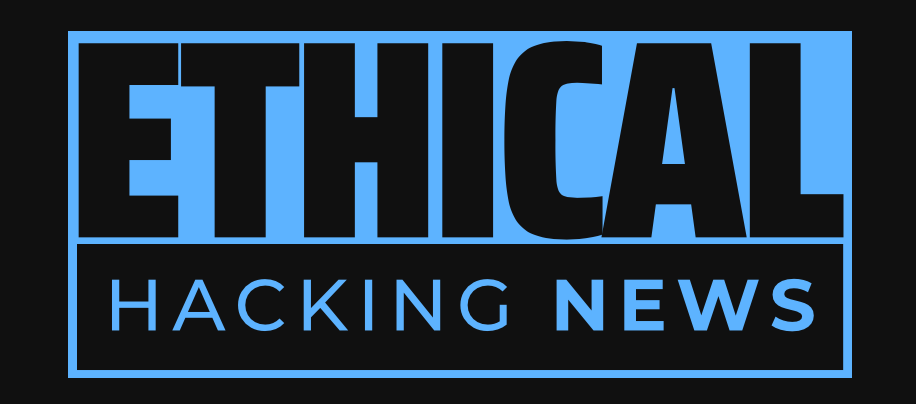Ethical Hacking News
Understanding the importance of Identity Security Fabric (ISF) is crucial for modern organizations, as it offers a unified control plane that secures all identities at scale. Learn more about the benefits and drivers for adoption of ISF in this comprehensive guide to cybersecurity.
Identity Security Fabric (ISF) is a cutting-edge technology that brings together disparate identity capabilities, forming a cohesive control plane that spans hybrid environments. ISF is a unified architectural framework that integrates identity governance and administration, access management, privileged access management, and identity threat detection and response into a single control plane. The multi-layer architecture of ISF consists of three primary layers: Layer 1 (security functions), Layer 2 (orchestration), and Layer 3 (comprehensive integration). ISF addresses the growing concern about non-human identities, which outnumber humans by 50:1 in modern enterprises. The key benefits of ISF include unifying visibility and control, securing all identities at scale, enabling continuous, risk-aware access, and streamlining access and governance.
The realm of cybersecurity is a dynamic and ever-evolving domain, where the threat landscape continues to shift and adapt at an unprecedented pace. In this context, one aspect that has garnered significant attention in recent times is the concept of identity security fabric (ISF). This cutting-edge technology represents a unified architectural framework that brings together disparate identity capabilities, forming a cohesive control plane that spans hybrid environments, including both human and machine identities.
In this article, we will delve into the intricacies of ISF, exploring its key components, benefits, and drivers for adoption. We will also examine the relationship between ISF and other cybersecurity models, such as Zero Trust and cybersecurity mesh architecture (CSMA). Furthermore, we will discuss the importance of non-human identities in modern enterprises and how ISF addresses this growing concern.
To begin with, it is essential to understand what ISF entails. According to Gartner's definition, an identity fabric is a set of enabling technologies that enforces identity-driven policies to make Zero Trust possible across all access decisions. However, ISF takes a more proactive approach, integrating identity governance and administration (IGA), access management (AM), privileged access management (PAM), and identity threat detection and response (ITDR) into a single, unified control plane.
The multi-layer architecture of ISF consists of three primary layers: Layer 1, Layer 2, and Layer 3. Layer 1 extends beyond basic authentication to encompass all critical security functions for the identity lifecycle, including identity security posture management (ISPM), IGA, PAM, access management, and identity threat protection. These capabilities work in tandem to ensure that only authorized identities exist with appropriate least privileges.
Layer 2, also known as orchestration, is the critical layer that transforms disconnected IAM tools into a true fabric. This layer enables real-time threat prevention and response by facilitating seamless data exchange, workflow automation, policy coordination, and event-driven responses. The key orchestration functions include automated real-time sharing of identity data, access decisions, and risk signals across IAM components.
Layer 3, the comprehensive integration layer, extends across the entire technology stack, connecting every identity to every resource. This layer enables organizations to adopt best-of-breed tools as needed while maintaining a standardized integration approach built on open protocols such as SAML, OAuth, OIDC, SCIM, and LDAP. The integration scope includes weaving the fabric across the enterprise, ensuring that policy enforcement is consistent and effective.
The critical drivers for adoption of ISF include the growing concern about non-human identities (NHS), which outnumber humans by 50:1 in modern enterprises. NHS includes service accounts, workloads, APIs, and AI agents, all of which require robust governance and security measures to prevent data breaches and unauthorized access. Moreover, the increasing prevalence of cyberattacks, which are often attributed to compromised credentials, underscores the need for a unified identity control plane.
The key benefits of ISF include unifying visibility and control, securing all identities at scale, enabling continuous, risk-aware access, and streamlining access and governance. These advantages are critical in today's digital landscape, where organizations must adapt to evolving threats and regulations while maintaining operational efficiency.
In addition to its technical merits, ISF also represents a strategic imperative for organizations seeking to thrive in an AI-native, regulation-heavy, and constantly evolving digital environment. By implementing ISF, organizations can better position themselves to navigate the complexities of modern cybersecurity, mitigate risk, and protect their most valuable assets – namely, their identities.
In conclusion, identity security fabric (ISF) represents a critical component of modern cybersecurity architectures. Its multi-layer architecture, comprehensive integration capabilities, and focus on non-human identities make it an essential tool for organizations seeking to stay ahead of the curve in today's dynamic threat landscape. As we move forward into an increasingly complex and interconnected world, ISF will undoubtedly continue to play a vital role in shaping the future of identity security.
Understanding the importance of Identity Security Fabric (ISF) is crucial for modern organizations, as it offers a unified control plane that secures all identities at scale. Learn more about the benefits and drivers for adoption of ISF in this comprehensive guide to cybersecurity.
Related Information:
https://www.ethicalhackingnews.com/articles/The-Evolution-of-Identity-Security-Understanding-the-Importance-of-Identity-Security-Fabric-ehn.shtml
https://thehackernews.com/2025/11/beyond-iam-silos-why-identity-security.html
https://www.idsalliance.org/blog/going-beyond-identity-why-identity-security-is-no-longer-just-an-iam-problem/
https://www.okta.com/newsroom/articles/todd-s-take--why-an-identity-security-fabric-is-an-ai-imperative/
Published: Tue Nov 18 07:04:41 2025 by llama3.2 3B Q4_K_M

